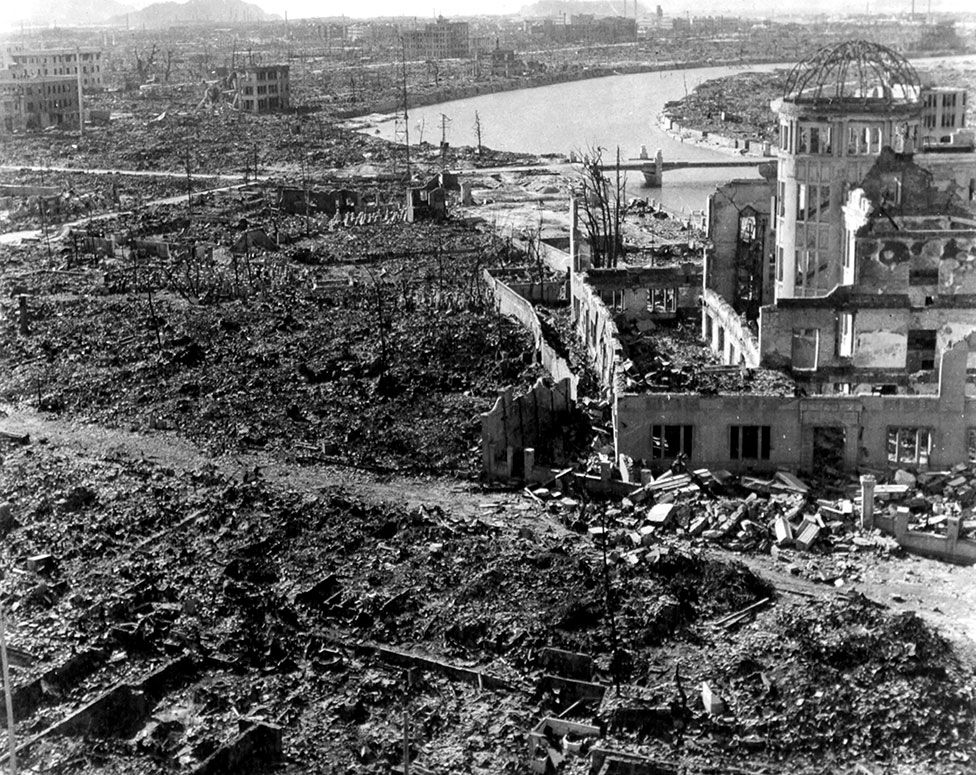
Hiroshima Marks 80 Years Since American Atomic Attack
Today, Hiroshima marks 80 years since the American nuclear attack on the city, which was the first such attack in human history.
Each year, a ceremony is held that begins with a minute of silence at exactly 8:15 a.m. local time, the moment the attack occurred.
On August 6, 1945, at 8:15 a.m., the B-29 bomber "Enola Gay" dropped a bomb named "Little Boy" from an altitude of 9,600 meters, which exploded 43 seconds later at 600 meters above the ground. It is estimated that the temperature at the center of the explosion reached between 3,000 and 4,000 degrees Celsius.
The bomb, weighing about four tons, killed everyone within a 500-meter radius and destroyed 90 percent of the city. About 45 minutes after the explosion, "black rain" of radioactive particles began to fall.
Three days after the bombing of Hiroshima, the U.S. dropped another atomic bomb, "Fat Man," on Nagasaki, where around 74,000 people died. Japan surrendered on August 15.
The war officially ended two weeks later, on September 2, 1945. At the time of the attack, Hiroshima had a population of 350,000, including 40,000 military personnel.
According to some estimates, more than 220,000 people died in the attacks on Hiroshima and Nagasaki.
At the beginning of the 20th century, Japan pursued a policy of expansionism and militarization, particularly during World War I.
This expansionist policy continued with the occupation of Manchuria in 1931, and after international condemnation, Japan demonstratively withdrew from the League of Nations (the precursor to the UN) two years later.
In 1936, Japan signed a pact with Nazi Germany, and by joining the Tripartite Pact in 1940, it became one of the Axis powers.
After occupying Manchuria, Imperial Japan launched an invasion of other parts of China in 1937, sparking the Second Sino-Japanese War.
In 1940, Japan invaded French Indochina, and on December 7, 1941, it bombed the American naval base at Pearl Harbor and declared war, leading the U.S. to enter World War II.
After the Soviet invasion of Manchuria and the U.S. nuclear attacks on Hiroshima and Nagasaki in 1945, Japan accepted unconditional surrender on August 15 of that year.
Expansionism and war cost Japan and its territories millions of lives, along with the destruction of much of its industry and infrastructure.





